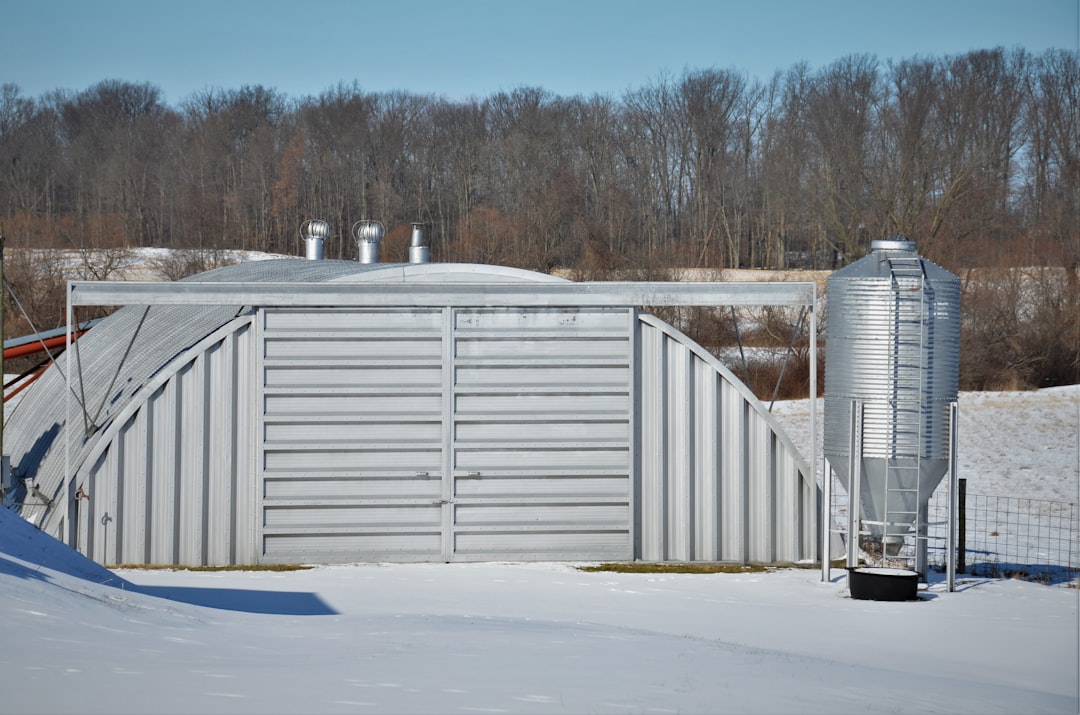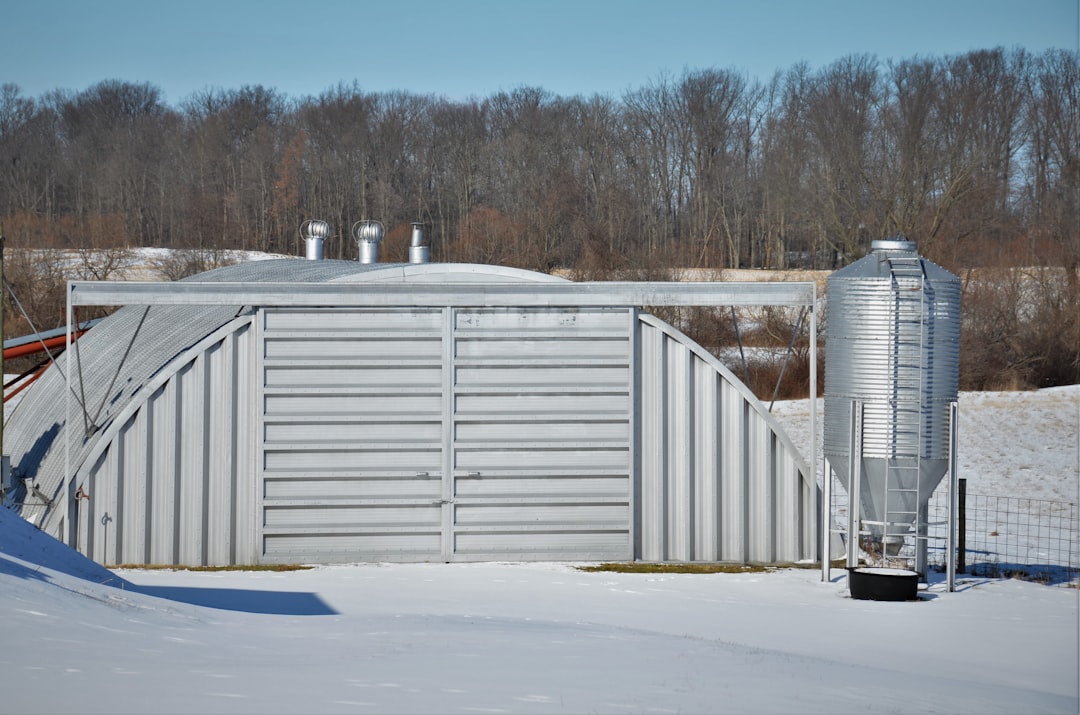When leasing a storage unit, your primary concern might be making sure everything fits or finding a convenient location. However, another essential consideration—often overlooked—is whether your belongings need to be kept in a climate-controlled environment. Climate-controlled storage is not just a luxurious option; in many cases, it is an actual necessity to preserve the integrity of valuable, sensitive, or perishable items. Understanding when to invest in climate-controlled storage can save you time, money, and stress down the road.
What Is Climate-Controlled Storage?
Climate-controlled storage units are designed to maintain a consistent temperature and humidity level throughout the year, regardless of external weather conditions. Typically, these units keep temperatures between 55°F and 85°F while also controlling for moisture levels. The benefits of such an environment can be critical for protecting items that are vulnerable to temperature fluctuations and high humidity.
Most climate-controlled storage units are housed inside buildings with sealed and insulated walls, floors, and ceilings to help maintain internal conditions. This also means you benefit from added protection against dust, pests, and other environmental hazards.

Why Climate Control Matters
Not everything requires climate control, but for many items, even short-term exposure to extreme heat, cold, or humidity can lead to irreversible damage. Here are some of the key benefits of climate-controlled storage:
- Temperature Protection: Prevents freezing, warping, or melting due to extreme cold or heat.
- Humidity Control: Averts mold, mildew, and rust, especially in humid climates or during rainy seasons.
- Cleanliness and Air Quality: Sealed and ventilated units offer better protection against dust and airborne pollutants.
- Pest Prevention: Well-sealed facilities are less prone to infestations by insects and rodents.
Let’s explore some specific scenarios where climate-controlled storage is not just preferred, but essential.
Items That Require Climate-Controlled Storage
Here are common categories of items that should always be stored in a climate-controlled unit:
1. Wooden or Leather Furniture
Wood can crack, warp, or rot with changes in moisture and temperature. Leather, on the other hand, can become brittle or moldy. Keeping furniture in a controlled climate helps preserve its finish, elasticity, and overall structure.
2. Electronics
Devices like TVs, computers, stereo systems, and printers contain sensitive components that can degrade in fluctuating temperatures or in high humidity. Moisture can corrode circuitry and connections, leading to malfunction or total failure.
3. Photographs, Documents, and Books
Paper-based items are particularly vulnerable to moisture. High humidity can cause pages to warp, inks to run, or mold to develop. Archival materials require consistent, cool, and dry conditions to maintain legibility and color quality.

4. Musical Instruments
String instruments, pianos, and woodwinds are all sensitive to environmental conditions. Wood can expand or contract, strings can loosen, and pads can dry out. Climate-controlled environments prolong the functionality and sound quality of instruments.
5. Artwork and Antiques
Paintings, sculptures, and vintage collectibles often contain materials that deteriorate without proper environmental conditions. Oil paintings, for example, can crack due to dryness, while metal sculptures may corrode in a humid setting.
6. Wine and Collectible Beverages
Specialized climate-controlled wine storage units are available to keep vintage wines at a stable temperature. Fluctuations can ruin taste profiles, and humidity can damage corks and labels.
When to Choose Climate-Controlled Storage
While the type of items you’re storing is a major determiner, the when is equally important. Here are situations where opting for climate-controlled storage is highly advisable:
1. Long-Term Storage
If you plan to store items for several months or more—especially through different seasons—then maintaining a stable environment becomes critical. Prolonged exposure to fluctuating environments raises the risk of damage significantly.
2. Geographic Location
Those living in areas with extreme temperatures (hot or cold), high humidity, or frequent weather changes should seriously consider climate-controlled options. For instance, the humid summers in the southern United States or the frigid winters in the northern regions can have a detrimental effect on stored goods.
3. Valuable or Irreplaceable Items
Whether you are storing family heirlooms, medical equipment, instruments, or business records, anything of high monetary or sentimental value deserves the added protection that a climate-controlled unit provides.
Cost Considerations
Climate-controlled units do come at a premium—often 25% to 50% more than standard storage units of the same size. However, this additional cost can be justified by the peace of mind and protection provided. Consider the replacement or repair cost of your belongings and whether that outweighs the extra budget needed for the safer environment.
Keep in mind that not all climate-controlled units offer both heating and cooling functionalities. Some may only offer temperature regulation without humidity control, or vice versa. Make sure to verify these specifications when choosing a facility.
What to Look for in a Climate-Controlled Facility
Not all facilities offer the same standard of care. When choosing a climate-controlled unit, it’s important to evaluate the:
- Temperature Range: Ask what range they maintain and if it’s consistently monitored.
- Humidity Control: Ensure that the unit controls not just temperature, but also moisture levels.
- Building Security: Look for features like 24-hour surveillance, gated access, and on-site management.
- Cleanliness: A clean facility usually reflects a more professionally managed environment and lowers risk of pests or mold.
Alternatives to Climate-Controlled Storage
If you’re unsure whether the added cost is worth it, here are a few alternatives to consider:
- Use Protective Coverings: Plastic bins, zippered storage bags, and moisture absorbers can help lower exposure.
- Consider Insulated Units: Some storage units, though not fully climate-controlled, offer partial protection through better insulation.
- Terminal Storage: For short periods (under a month), airflow and limited packing may suffice for some resilient items.
However, these alternatives are not foolproof and should not be relied upon for important or delicate belongings.
Final Thoughts
Investing in climate-controlled storage is a smart decision for anyone needing to store valuables that are sensitive to environmental changes. While slightly more expensive, the benefits in terms of long-term preservation, peace of mind, and overall safety of your belongings are clear. Before selecting a storage solution, assess both what you’re storing and for how long, then make an informed decision based on those factors.
When in doubt, speak with a storage facility specialist. Their expertise can guide you toward the best unit for your needs, helping you avoid costly mistakes down the line.
Whether you’re moving, downsizing, or decluttering, remember: it’s not just about space—it’s about preservation.
